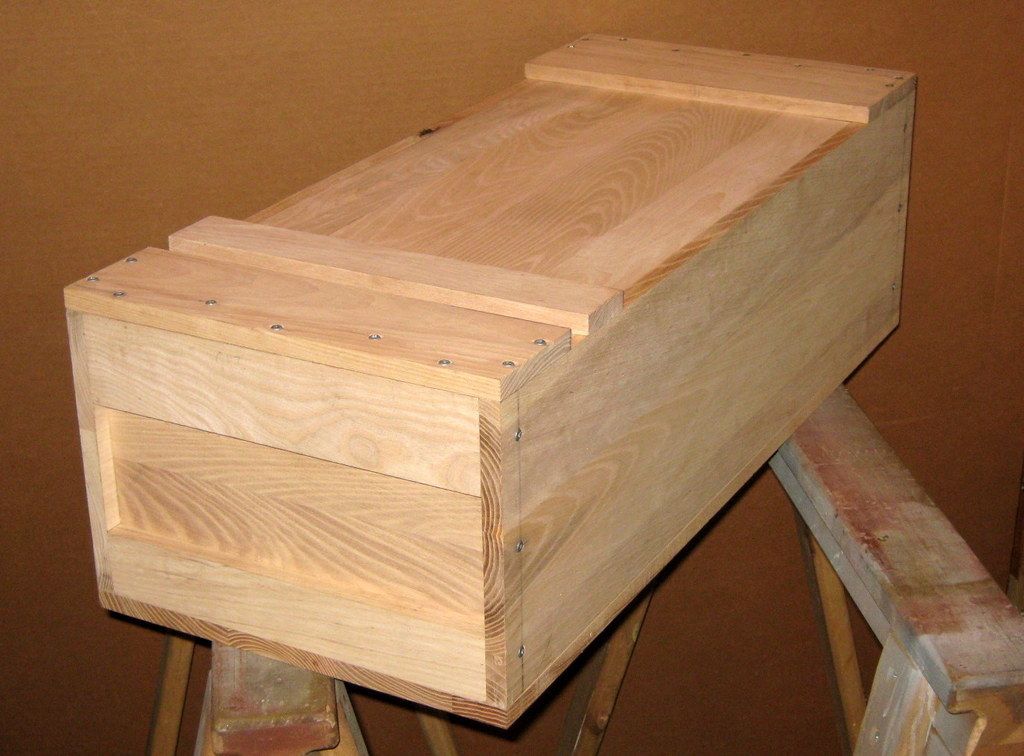Last December Mike Davis and Bill Clemmons put together a Tool Tote Workshop at Bill's shop in Liberty. I decided to use the workshop to make a Japanese style closed chest rather than the open tote with Dovetail corners. Just worked better for my needs.
Anyway, This was the end product in the white:

I was casting around for a finish and, since I like fire, ended up giving a burned finish to the box and topped that off with a homemade wax finish applied with a shopmade Pollisoir. Internal trays were added to see if they work for me. Real simple construction of nails and butt joints. I had thought of fingerjointing them but ran out of steam.
Here is the finished box. I really like how it looks. The finish has a lot of depth and subtle color variations plus the wax gives a smooth yet grippy feel.

For more and larger images
http://s164.photobucket.com/user/gyozu/library/Woodworking Projects/Japanese Tool box MDG 2014
Anyway, This was the end product in the white:

I was casting around for a finish and, since I like fire, ended up giving a burned finish to the box and topped that off with a homemade wax finish applied with a shopmade Pollisoir. Internal trays were added to see if they work for me. Real simple construction of nails and butt joints. I had thought of fingerjointing them but ran out of steam.
Here is the finished box. I really like how it looks. The finish has a lot of depth and subtle color variations plus the wax gives a smooth yet grippy feel.

For more and larger images
http://s164.photobucket.com/user/gyozu/library/Woodworking Projects/Japanese Tool box MDG 2014
